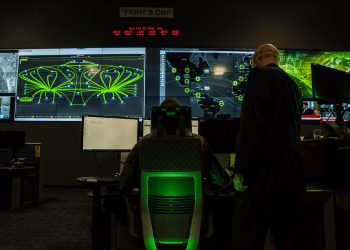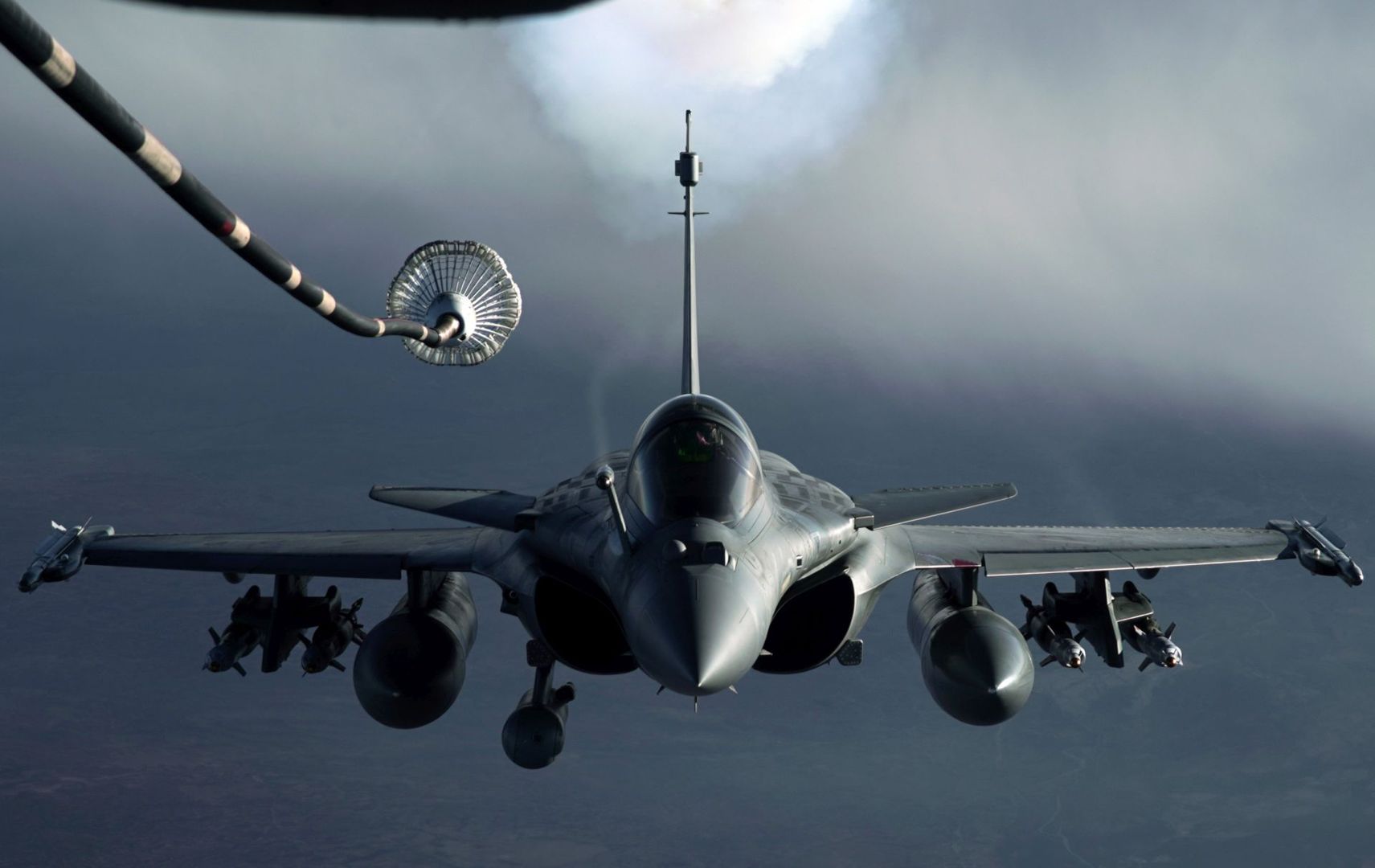WASHINGTON: Having a conversation interrupted by a lost cell phone signal is annoying. But for those serving in a combat zone, losing connectivity can be deadly.
A Defense Advanced Research Projects Agency program is well on its way toward developing a system that prevents disruptions in communication signals, and when they do occur, ensures the message doesn’t disappear into never-never-land.
DARPA launched the Disruption Tolerant Networking program three years ago to eliminate dropped messages that occur due to interference in the communication path, explained Preston Marshall, the program manager.
Interruptions can be caused by anything from a metal vehicle or building to terrain features that that block satellite signal paths all common factors on the battlefield, he noted.
The concept originated with NASA, where engineers explored ways to deal with interplanetary communications in highly unpredictable circumstances. But DARPA saw military applications, too.
The challenge, Marshall explained, is that Internet technology was built around the assumption that “everyone is connected to cable modems and that they are underneath 1,000-foot cell towers.”
That’s hardly the case for combat troops. “In the military, our soldiers are talking between radios that are very close to the ground, and a 10-foot berm on the ground looks like a mountain,” he said.
Marshall and his DARPA team members encounter the same phenomenon when they operate at Fort A.P. Hill, Va. an Army base where the word “hill” is a bit of a stretch. “When we drive around Fort A.P. Hill, we lose satellite signals about 25 percent of the time, just because of the trees on the side of the roads,” he said.
“Similarly, if I am a soldier doing a Web page or updating Blue Force tracking data, and I walk behind a metal building or get into a metal vehicle, that can be enough to break my connection for 10 or 20 seconds,” he said.
Those few seconds can stop a message in its tracks with potentially life-or-death consequences. That’s because when traditional networks run up against these disruptions, they simply drop the signal. The intended recipient never gets the communication, and neither the sender nor receiver realizes it.
Not so with DTN, which Marshall said will hold onto the message and deliver it at the first opportunity. “In DTN, if the network can’t deliver it right away, it doesn’t throw it away. If I give something to a DTN and then I disconnect, DTN will continue to march it across the network and get it delivered for me,” he said.
“It takes responsibility for the material until it delivers it just like the Postal Service,” he said. “So it’s a very common-sense way to run networks.”
That capability could be a lifesaver for combat troops who depend on reliable communications. “It can be the difference in ensuring the tactical edge,” Marshall said.
The DTN program has made steady progress, with the technology proving itself out in two field demonstrations replicating combat conditions. It’s currently in its third and final phase of development, after which the military services will assess it and determine if they want to adopt it, Marshall said.
The Army already has agreed to buy about 300 low-cost hand-held radios built around DTN technology. If the system performs as expected in the operational environment, the Army is expected to buy large quantities.
Ultimately, Marshall expects to see broad, almost across-the-board application of DTN that brings more dependable communications to front-line troops.
“If you are sitting in a command center, you have got lots of fiber and you don’t need DTN,” he said. “DTN is for the guy on the edge who has one path back that is competing with lots of other applications and being blocked as he goes behind vehicles. That’s where this effort is focused: on the tactical edge.








